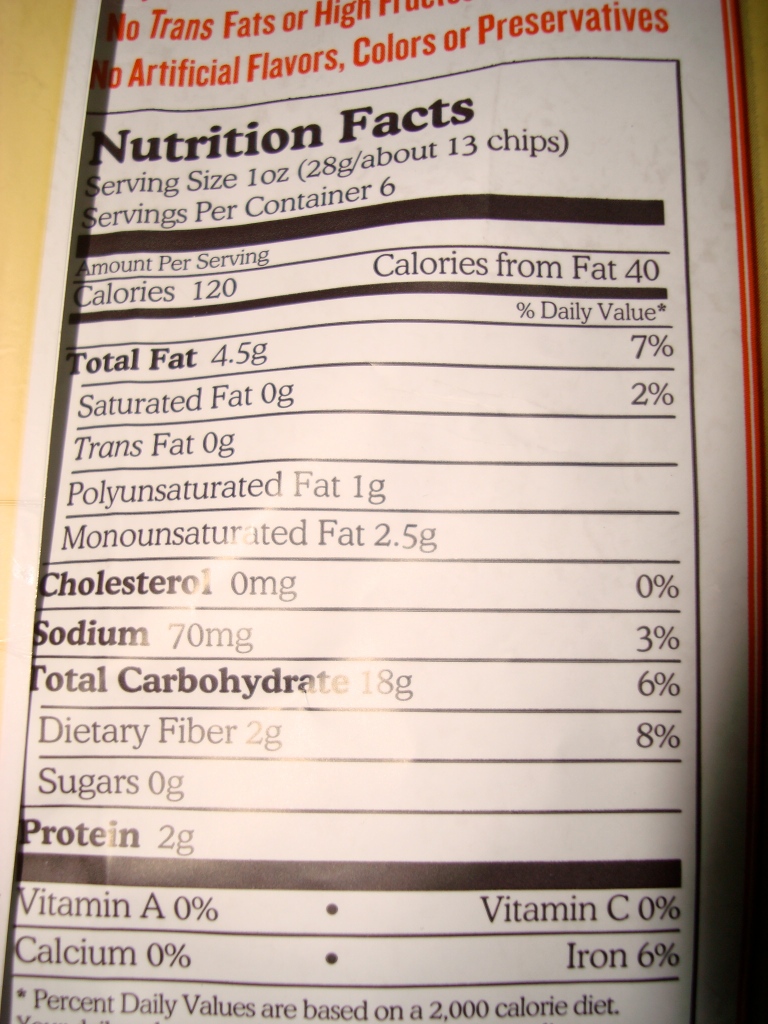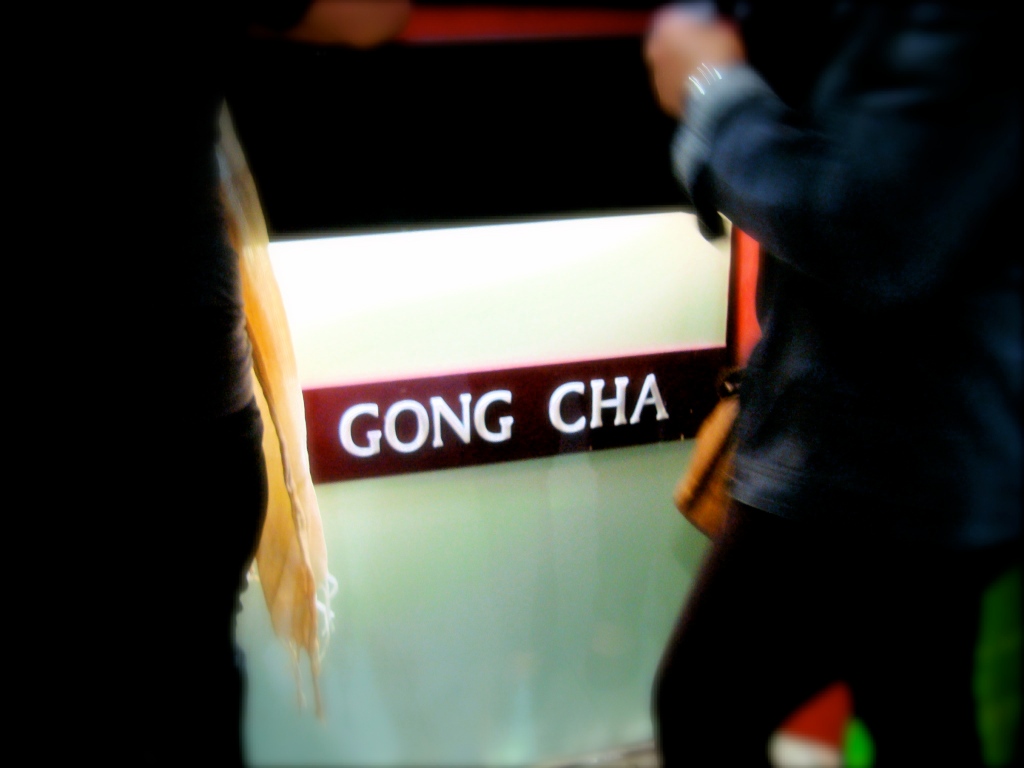As a child, I've had this sworn aversion towards anything spicy, as it made me drink a lot and thus, pee more often than usual.
As an adult though, I have greatly welcomed this biological function, warmly embraced the goodness of spicy food, and regarded chili as the household staple even more useful than salt. With its powers of increasing metabolism a hundredfold, chili ought to be the new pepper-and-digestive-cookie crammed in that magical speck.
A lot of Filipinos, though, never outgrew the sensitivity to spice. Hence we’ve got the chili haters and those who can’t help but pinch their noses at the aroma of curry or turmeric—which I find very rude to our Asian comrades who invented Yoga. Words like tikka masala, vegetarian or even chapati are enough to bring goosebumps, and many would rather feast on Jolly Jeep than be subjected to a decent Indian meal. And no, shawarma does not count.
That leaves my family as an outlier, friend to the Middle Eastern culture and proponents of Indian cuisine. New Bombay started it all with its remarkable palak paneer, chicken tikka masala and cheese and garlic naan, but it was Legend of India that blasted us to Namaste Land with its Indian Lunch Buffet.
 Legend of India is this quaint little Indian restaurant along Jupiter St. in Makati, easily missed with its cursive signage, especially if you’re driving at moderate speed. On Sundays though, you should worry less about traffic and more on the Bollywood blasting on the TV screen. It can be very distracting (bellydancers are not a common sight in our home; come to think of it, so are a hundred harems) but once the food started coming, even Gandhi himself couldn’t tear me away from my plate.
Legend of India is this quaint little Indian restaurant along Jupiter St. in Makati, easily missed with its cursive signage, especially if you’re driving at moderate speed. On Sundays though, you should worry less about traffic and more on the Bollywood blasting on the TV screen. It can be very distracting (bellydancers are not a common sight in our home; come to think of it, so are a hundred harems) but once the food started coming, even Gandhi himself couldn’t tear me away from my plate.
Breakthrough buffet awards goes to Legend of India’s weekend buffet for the simple reason that: I ate everything! No, it’s not that the selection was minimal but rather, it was vegetarian friendly—a rare find in Manila and worth a jumping Jai Ho from yours truly. For once, I can actually write an extensive food review. Oh my Shiva.

Hara Bara Kebab (Vegetable Cutlets) – Fried, green and packed with spinach and spice, it was a tasty little kebab that went well with its partner sauce. Others, though, skipped this green baby and went for the mainstream samosas. Typical. I found the kebabs uniquely prepared and while many are put off by the bright green shade, it is my hope that this suggests a plethora of Vitamin K in every chewy bite, not to mention peas, potato, coriander and a whole lot of chili love.
Chicken Samosa – Curried chicken strips fill the center of every samosa and bring out that Indian delight in every bite. Being the “meatiest” in the bunch, the crowd favorite award goes to this one—the most refilled tray and the only dish people would fight over to the last crumb. Reminds me of Tempura in other buffets—grab the first or last samosa, never mind if it's burnt or got a bite in it, and prepare for battle.
Aloo Bonda (Potato Balls) – This spiced up potato ball is another outlier in the pack, being outshined by the chicken samosa. It is tender, filling and very fascinating to eat. (Try saying Aloo Bonda with a mouthful of spuds and see what I mean.) I must have consumed two, as it reminds me of a very tangy curried croquette, which I would choose over that beat up, overrated samosa anytime.
Naan – The “real” naan is wide, chewy and the best complement for anything with sauce in it—which is practically everything. There were instances when they must have served pitas, while the naan was being grilled and I must say, away with the pitas! It’s naan or nothing!
Manchow Soup – The Manchow Soup is a pleasant change from the cream based and curry laden dishes, as this focused more on light tomato soup. With wee tofu and onion bits to provide that crunch and zest, matched with a slightly sour soup—this one is a perfect breather for those who’ve had too much turmeric.
Palak Paneer – I finally had my fill of Palak Paneer, which must’ve been more than 50% of my total buffet consumption. Spinach and cottage cheese make the best combination, and topped on naan, create an indefatigable combo. The spinach is mildly prepared and the spices are not as overpowering, making the cheese the central element. Lean and green.

Dal Tarka – After Googling it out of curiosity several times, I have come to the conclusion that Dal Tarka is quite renowned in India since it highlights the vegetarian favorite, chick pea—making it a warm, thick and healthy dish for the family. At first glance it actually appears like squash soup with corn kernels, which put me off for a second, not being a fan of corn. This suspicious looking corn though, turned out chick peas—much better! With their grainy texture bathed in turmeric-garam masala flavored sauce (too thick to be christened as soup) it was a delightfully filling serving—good enough for one hefty meal. Not really an expert in Indian cuisine, I’m willing to make a bet that the Dal Tarka makes it to the top comfort foods in India. Despite its murky and squashy appearance, this is something crave-worthy in the future—never mind if it’s summer here all year round.
Vegetable Jalfrezi – This dish ought to be an effortless choice for the vegetarian, with loads of vegetables swimming in the usual spicy sauce. The vegetables seemed to have been floating in the sauce for quite some time now—either that or this dish was made for the senior folks. Finding the cauliflower close to puree, it did not bode well with my palate. The meal enough was too saucy, I needed a chance to exercise my jaw muscles and the Vegetable Jalfrezi gave me Gerber instead.
Fish Masala – Another no-brainer, as the name alone properly describes what to expect from the dish, unlike the Dal Tarka or Aloo Bonda which require an interpreter. The masala sauce was rich and just right, as expected. The fish, on the other hand, must be related to the Vegetable Jalfrezi cauliflower, being overly soft and tender. Melt-in-your-mouth fish isn’t exactly my kind of seafood fix, and this one had the fish swimming in too long and needed saving.
Chicken Curry – With the Palak Paneer and Dal Tarka colorful enough to grab my attention, signature Indian dish Chicken Curry easily made it to the sideline of my plate. Earlier summoning the yogi mode, vegetarian was the order of the day, so I merely “sampled” the chicken, which tasted, well, like chicken curry. Thank Shiva, it was not the Filipino version of diluted curry that tasted more like coconut. This one had the air of authenticity without trying too hard to confuse us with a myriad of spices.
Okay, I lied about eating everything. One thing I couldn’t bring myself to try was that sinister orange dessert that seemed more like a tooth killer than sweet serenity. Hence, we ditched dessert and headed straight to Serenitea. My Indian gastronomic high was not about to be ruined by this orange threat that looked like a pretzel version of Maxx candy. It was Jai Ho all the way and nothing should spoil this newfound legend.

For those craving for authentic Indian cuisine, complete with the vegetarian fares and a fill of the spices our grandmas wouldn’t normally have in their cupboards, the Legend of India buffet brings a satiating answer to that. It was an atypical choice and unusual adventure for my outlandish palate, and for some, a bit over the spicy edge. While it was “Namaste!” for me, red meat deprivation may have tortured some of the hard-core Pinoy carnivores. But you guys always have the fun, so why can’t I just this once?






























